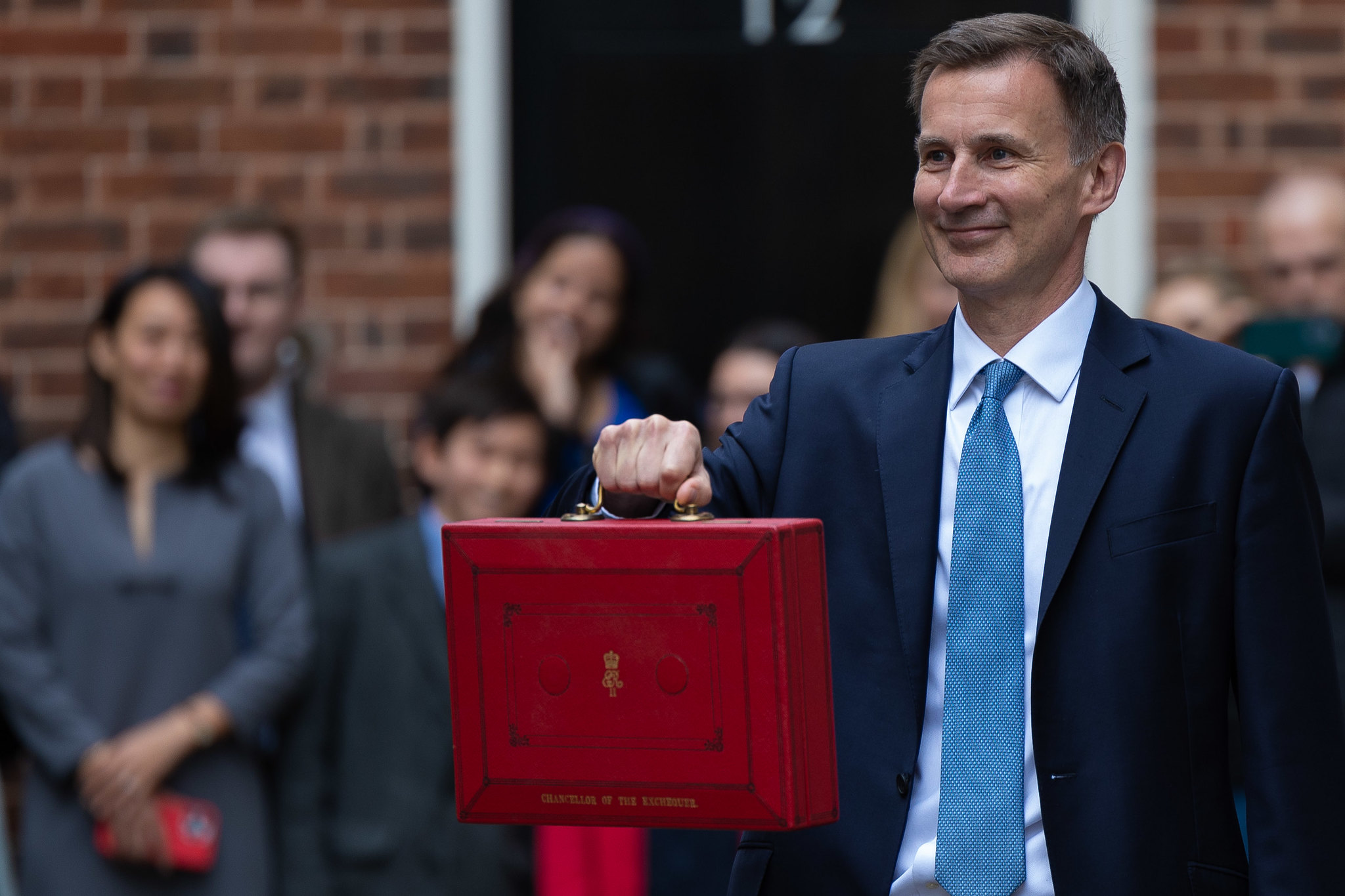Subsidies can be a vital boost for companies and industries. But they also carry a risk of creating distortions in the economy. Stephanie Rickard identifies three principles that should inform and underpin policy measures in this area to minimise these risks.
In the 2023 Autumn Statement, the Government announced £4.5 billion in funding for subsidies for British manufacturing. The subsidies are intended to increase investment in some sectors of the economy. These sectors have been identified by the Government as being key to economic growth. They include the automotive sector, the aerospace sector, the life sciences and clean energy. More information about these subsidies will be provided by the Government next week with the publication of the Advanced Manufacturing Plan.
What impact will these subsidies have? Will they attract investment and hasten the green transition? In a press release issued by HM Treasury on 17 November, the Government claims that industrial subsidies have already mobilised £198 billion in public and private investment in low carbon energy deployment since 2010.
In the United States, 280 clean energy projects were announced in the first year of the Inflation Reduction Act, which provides subsidies to consumers and manufactures. These projects represent $282 billion in investment according to Goldman Sachs. However, it’s difficult to know just how much of this investment is due to government subsidies. Some may have occurred even in the absence of subsidies, as capital owners seek returns.
A double-edged sword
Although subsidies may increase investment, they can also generate harmful distortions in the economy. For example, subsidies may encourage the allocation of resources to industries or sectors that might not be the most efficient or economically viable in the absence of subsidies. Such misallocation of resources can hinder overall economic productivity. Additionally, subsidies can lead to rent-seeking behaviour, where businesses focus more on obtaining subsidies than on improving efficiency or providing value.
Subsidies can lead to rent-seeking behaviour, where businesses focus more on obtaining subsidies than on improving efficiency or providing value.
What, if anything, can governments do to maximise the benefits of subsidies while minimising the potential risks? I suggest three design principles that may help to minimise wasteful subsidies and harmful distortions.
Ex ante evaluation
Before providing any subsidy, ex ante evaluation may be valuable. Such evaluation may involve assessing whether a market failure exists and, if so, understanding its nature. A market failure occurs when the allocation of goods and services is not efficient, leading to a misallocation of resources and suboptimal outcomes for society. Examples include negative externalities, public goods, inequalities, and the over-use of an open-access resource.
The key question for policymakers is whether a subsidy is the most effective means to address a given market failure. This type of analysis may help to identify areas that would benefit the most (and least) from government support. In some cases, a market failure may not exist. For example, over the past five years, Google’s parent company Alphabet has invested more than $100 billion in research and development. They spend big on R&D because there are big returns to be had. In this case, private capital is actively fuelling research and development endeavours; no market failure exists. But of course, this is not universally true.
While Alphabet demonstrates a robust private sector commitment to R&D in certain areas, there are instances where essential areas of research may face a shortfall in funding from non-governmental sources. In such cases, government subsidies are potentially important, and may serve as a catalyst for advancements in areas where private investments might be insufficient.
Time limits
Government subsidies must come with time limits. Time limits can help to motivate businesses to become self-sufficient by the end of the subsidy programme. But adhering to predefined time constraints is politically difficult for governments. Consequently, subsidies frequently persist beyond their intended expiration date. This creates a potential risk that businesses become reliant on government support. When businesses have a guaranteed source of income via government subsidies, they may be insufficiently focused on efficiency and innovation and industries or businesses that become reliant on subsidies may struggle without continued government support. Such dependence may hinder efforts by public authorities to address the underlying market failure that prompted the initial subsidy.
Transparency
Governments must be clear about how taxpayers’ money is being used to support businesses. By reporting subsidies, a feedback loop is established between the government and its stakeholders. When citizens and businesses have access to information about subsidy allocations, they can assess these policies. This scrutiny acts as a safeguard against potential mismanagement or inefficiencies, creating an environment where the government is held accountable for the outcomes of its subsidy decisions. The knowledge that subsidies are subject to public scrutiny also serves as a powerful incentive for policymakers to design and implement policies that are fiscally responsible and address societal needs efficiently.
The knowledge that subsidies are subject to public scrutiny serves as a powerful incentive for policymakers to design and implement policies that are fiscally responsible
The UK Government has enshrined these design principles in the Subsidy Control Regime. For example, public authorities may only give a subsidy to pursue a specific policy objective that remedies a market failure (or addresses an equity concern), and this must be determined ex ante. Additionally, the Subsidy Control Act 2022 imposes transparency obligations on public authorities awarding subsidies. Public authorities must, in many cases, upload the details of subsidies they award to the UK’s subsidy database.
The UK’s Subsidy Control Act also requires public authorities to consider the timespan over which the subsidy is given and ensure that any distortive impacts are as low as possible. Additionally, the Government made it clear that the £4.5 billion in funding announced this week will be available from 2025 for five years. With these limits and design principles in place, government subsidies may help to address market failures, such as the underinvestment in green technologies, with minimal harmful distortions. The challenge for any government supplying subsidies will be to stick to the announced time limits and resist rent-seeking.
All articles posted on this blog give the views of the author(s), and not the position of LSE British Politics and Policy, nor of the London School of Economics and Political Science.
Image credit: HM Treasury via Flickr, CC BY-NC-ND 2.0 Deed | Attribution-NonCommercial-NoDerivs 2.0 Generic | Creative Commons







